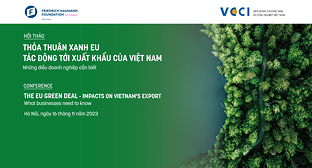Developing country rules
08/12/2022 10:33
Developing countries are entitled to a different rule for de minimis countervailing duty margins. For developing countries the threshold is 2%, rather than the 1% that applies to developed countries. Least developed countries used to benefit from a more generous 3% standard, but this special rule expired in 2003. The United States Trade Representative decides the status of each country, and the status is subject to change depending on the evolving level of the country's development. Least developed normally means a per capita GNP of less than $1,000 per year.
Developing countries in countervailing duty cases also benefit from special rules on 'negligible imports' that are discussed more generally under 'Cumulation of imports' in chapter 12. The thresholds for negligibility for developing countries go up in countervailing duty cases: the 3% threshold for an individual country goes up to 4%; and the 7% threshold for all negligible countries goes up to 9%.
The issue of special rules for developing countries continues to be very much at issue. It was an important part of the discussions leading to both the Seattle WTO Ministerial in December 1999 and the Doha WTO Ministerial in November 2001. Developing countries feel the WTO system has not been sufficiently sensitive to their particular concerns. Although the issue of special and differential treatment continues to be debated as part of the ongoing Doha Round negotiations, there has been no definitive resolution. The focus has been on special and differential treatment in other areas, not in the area of trade remedy laws. It remains to be seen how the Doha Round will decide to address this important issue.
 Home
Home
 About Us
About Us




















